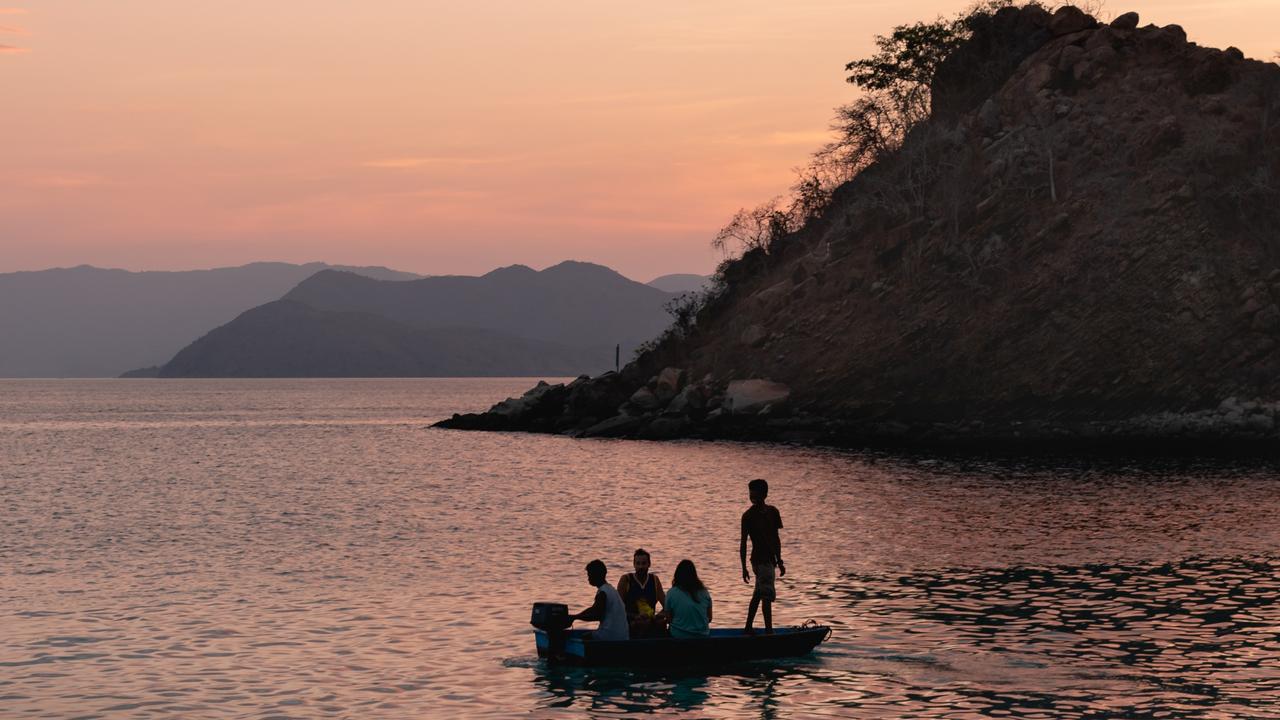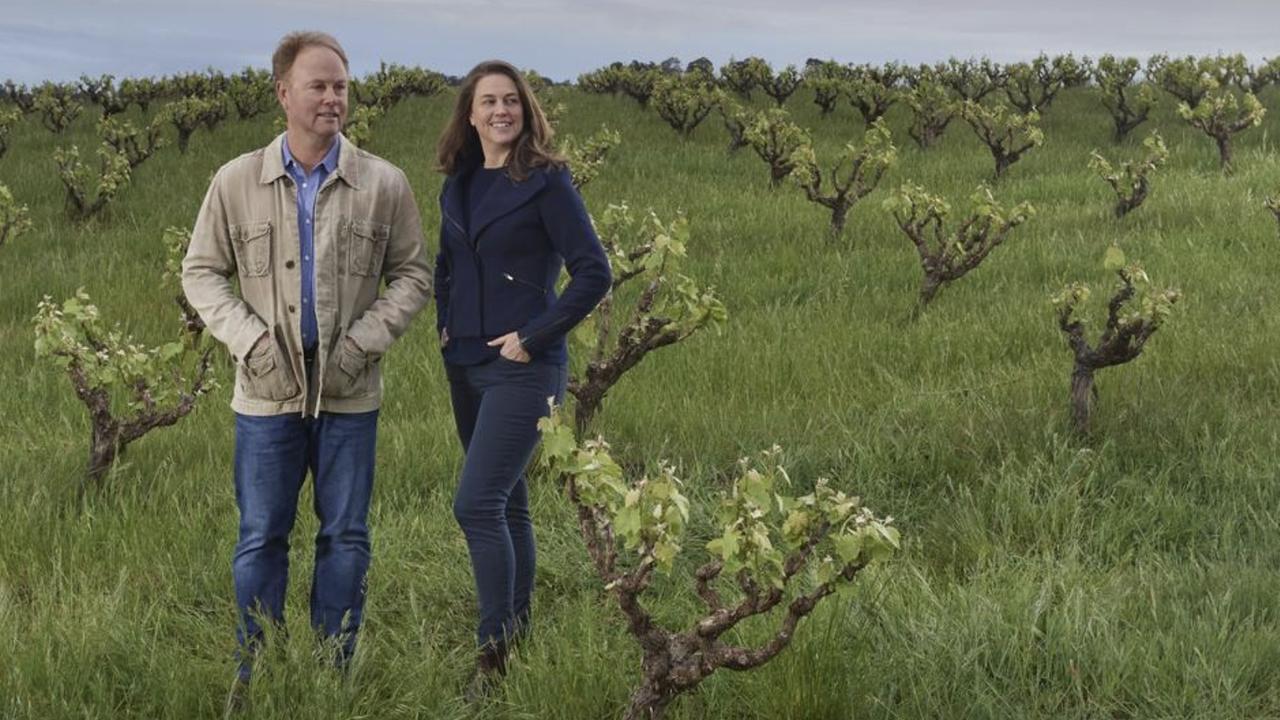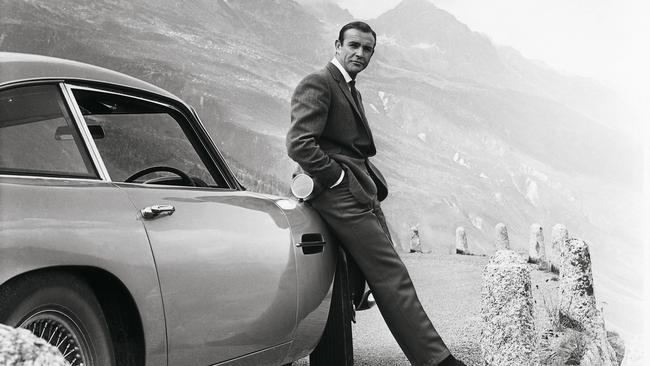
Casting a movie is almost as important as writing or producing it. A good casting agent finds the actor who embodies the part – making acting almost irrelevant. Just plonk him or her in front of the camera and the thespian’s physicality does much of the rest. Yet for decades the Academy fought the idea of an Oscar for casting, backed by directors who thought the skill uppity and intrusive on their turf. So I don’t expect instant backing for my campaign to introduce an Oscar for “carsting”, the crucial job of casting cars. But let me try to persuade you with a few well-chosen random examples.
In the Nordic-noir TV epic The Bridge, a battered old Porsche co-starred with oddball detective Saga Noren as surely as the Aston Martin DB5 co-starred with 007 in 1964’s Goldfinger. The latter recently sold for $6.4 million, not bad for a very second-hand car. Ian Fleming would have approved. As well as writing the Bond books he wrote Chitty-Chitty-Bang-Bang (later made into a hit film), the title describing the sound of the magical car’s huge engine.
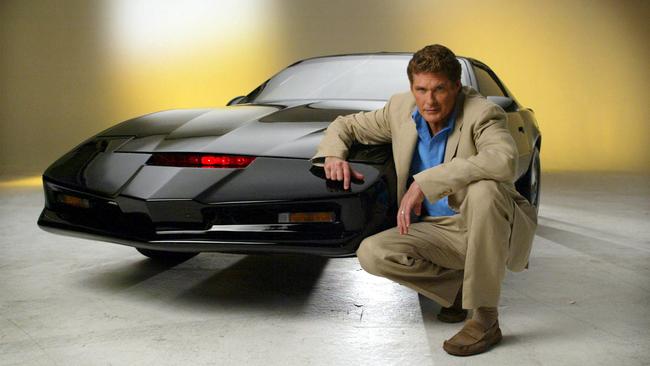
Terence Rattigan wrote the skilful screenplay for The Yellow Rolls-Royce, telling the story of a 1931 Rolls-Royce Phantom II as it went from owner to owner – from an English aristocrat to a Miami gangster to a wealthy American widow. And let us remember the carsting of a 1976 Pontiac Trans Am for Smokey and the Bandit, a 1932 Ford Coupe for American Graffiti, the red 1971 Plymouth Valiant in Duel, the 1968 Ford Mustang GT driven by Steve McQueen in Bullitt, or the 1981 DeLorean DMC-12 that took our heroes time-travelling in Back to the Future. All perfect carsting.
As was the (heavily modified) 1973 Ford Falcon XB GT driven by Mel Gibson in the first Mad Max movies. And while I’ll give three cheers for all the Batmobiles, my preference was for the 1974 Dodge Monaco carst as the Bluesmobile in The Blues Brothers – the movie that holds the Guinness record for demolishing vehicles. Actually, a fleet of 12 “Bluesmobiles” were used on the shoot, during which a total of 103 vehicles – mostly cop cars – were wrecked in stylish pile-ups.
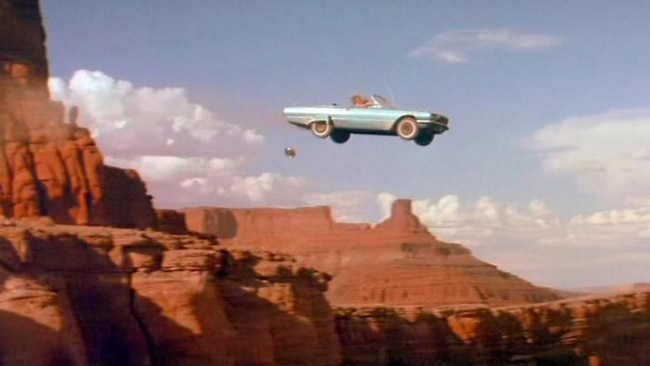
Special mention, also, to the carsting of the 1966 Ford Thunderbird in the over-the-top and over-the-edge road movie Thelma and Louise, which showed that classic cars are not only boys’ toys.
Minis in the movies? Both incarnations of The Italian Job starred dozens. But my favourite movie-Mini has to be Mr Bean’s. One trusts it’s preserved in the British Museum. Along with Rowan Atkinson.
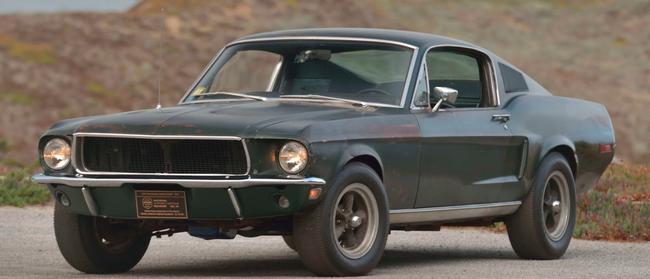
A 1963 VW Beetle was carst as Herbie in The Love Bug. Audi probably paid “product placement” to get its R8 in the Iron Man series. My all-time favourite car chase – even better than Bullitt – was in The French Connection, with Popeye Doyle at the wheel of a 1971 Pontiac LeMans.
But these are the big car stars. Every movie and TV show has carsting – matching vehicles to cast members is as important as their costumes. And the cars I covet most are the ones with a magical “extra” – not the weapons in Bond’s but the eerie ability to always find a vacant space outside a building. Or just as crucial, the place to park just up the street that gives the ideal vantage point for surveillance as you watch the villains.
A car that finds you the perfect parking spot? At a vacant meter? Whatever the brand, the year, the model or the price, I want it. That’s carsting at its finest.


